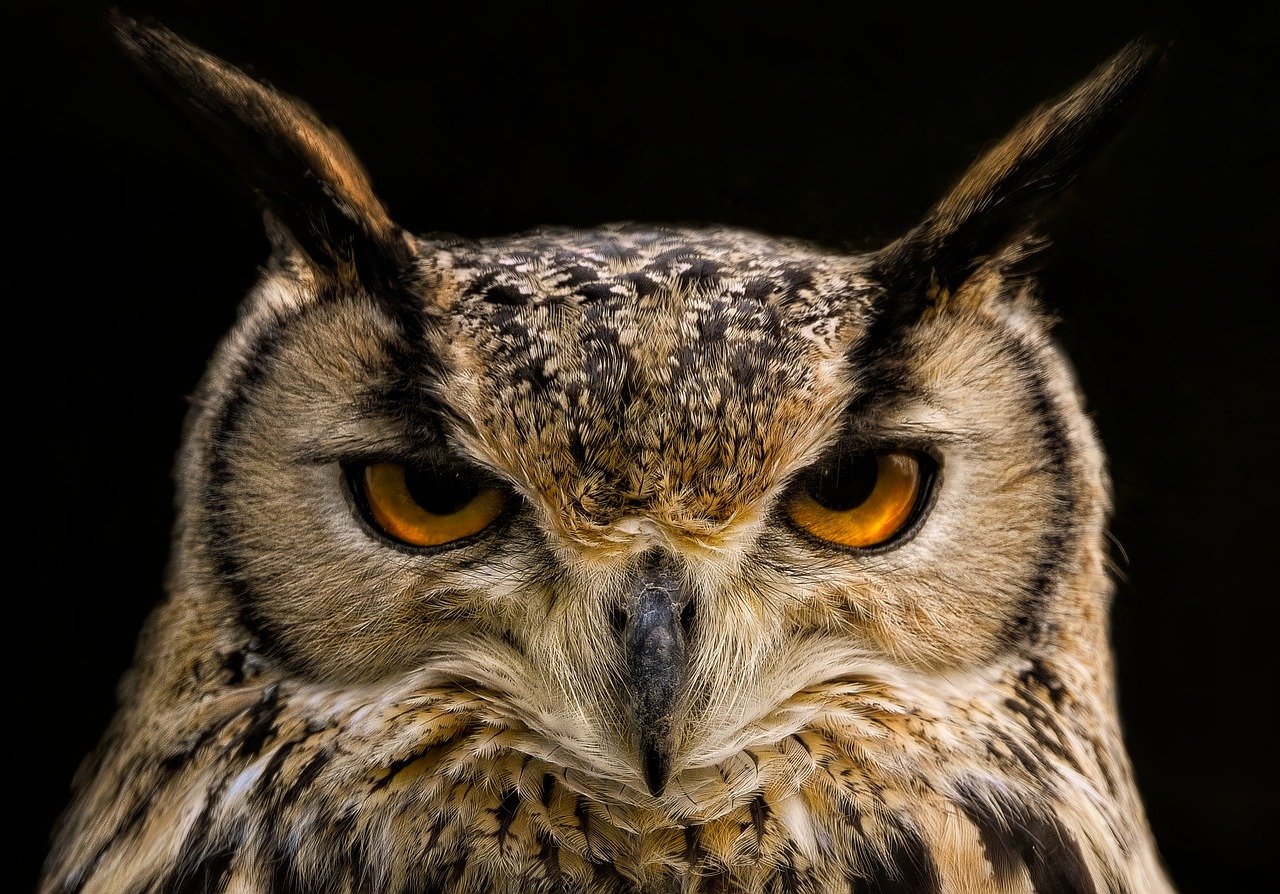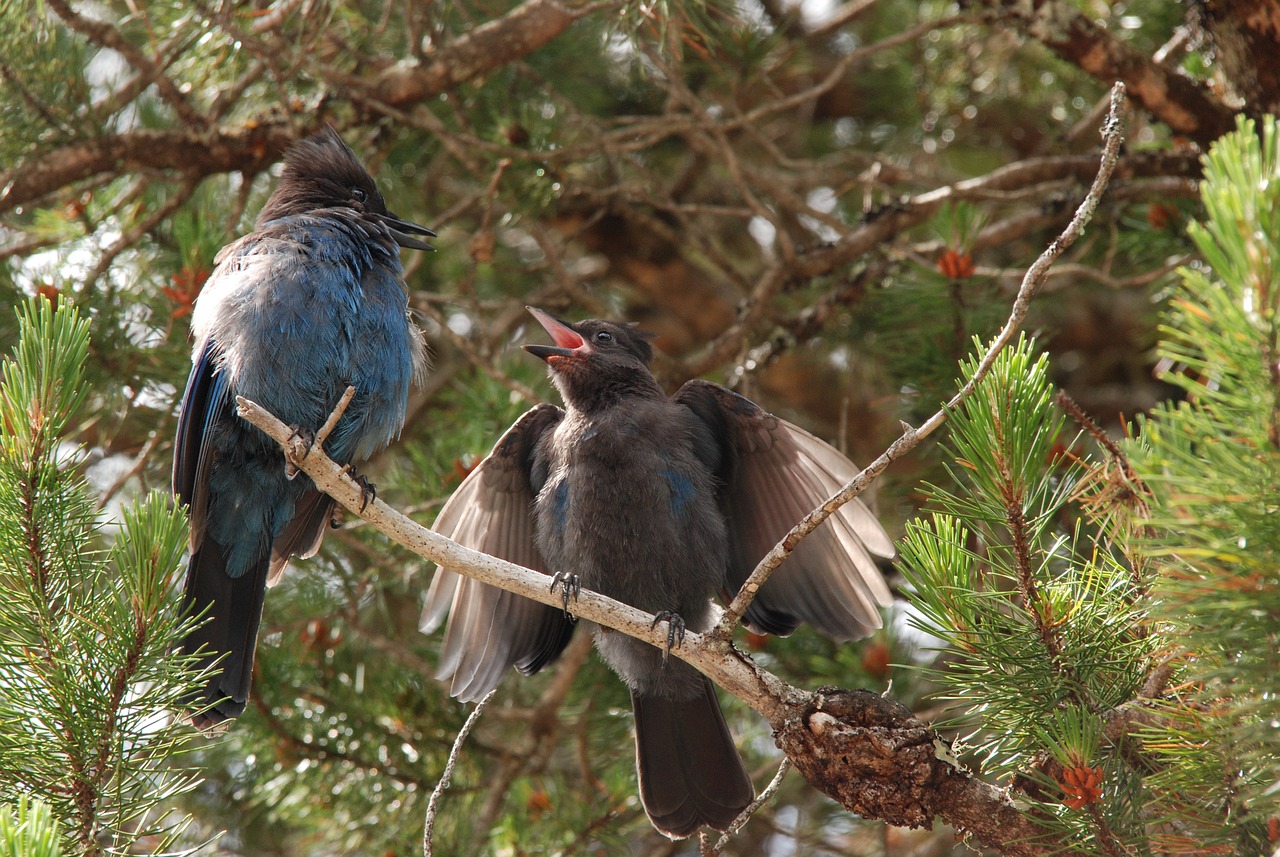
Ever wondered why some birds sound like owls? Birds like the Mourning Dove and Steller's Jay often mimic owl calls. This can confuse even seasoned bird watchers. Understanding these calls is crucial for anyone who loves bird watching. Knowing what bird sounds like an owl helps you identify birds accurately. Birdsong perception varies between birds and humans, focusing on different acoustic details. Recognizing these sounds enhances your bird-watching experience. You avoid misidentification and appreciate the diverse vocalizations in nature. So, next time you're out, listen closely. You might hear more than just an owl.
Birds Known to Mimic Owl Calls

Mourning Dove

Appearance and Habitat
Mourning Doves have a sleek, blue-gray body with long tails. These birds often visit backyards and open fields. You might spot them perched on telephone wires or fluttering around bird feeders. Mourning Doves adapt well to urban and rural settings.
Call Characteristics
Mourning Doves produce a soft cooing sound. This call often confuses people who wonder what bird sounds like an owl. The cooing consists of a series of low, mournful notes. These notes create a soothing melody that echoes through the air.
Comparison with Owl Calls
The Mourning Dove's call resembles the hooting of an owl. However, the dove's cooing is softer and more melodic. Owls, like the Barred Owl, have distinct hoots and wails. These owl calls are louder and more varied. The Mourning Dove's gentle coos offer a peaceful contrast.
Eurasian Collared Dove

Appearance and Habitat
Eurasian Collared Doves sport a pale gray color with a distinctive black collar around their necks. These doves thrive in suburban areas and farmlands. You can find them near human settlements where food sources abound.
Call Characteristics
Eurasian Collared Doves emit a repetitive three-part coo. This call sounds rhythmic and persistent. Many people mistake this sound for an owl's hoot. The dove's call carries over long distances, making it easily recognizable.
Comparison with Owl Calls
The Eurasian Collared Dove's call mimics the rhythm of an owl's hoot. However, the dove's call lacks the depth and volume of an actual owl. Owls like the Eastern Screech-Owl produce descending whinnies and trills. The dove's call remains consistent and less varied.
Nighthawk

Appearance and Habitat
Nighthawks have slender bodies and long wings. These birds prefer open habitats like grasslands and deserts. Nighthawks are active during twilight hours. You might see them swooping through the sky in search of insects.
Call Characteristics
Nighthawks produce a nasal "peent" sound. This call often surprises listeners who wonder what bird sounds like an owl. The sound is sharp and distinct, echoing across open spaces.
Comparison with Owl Calls
The Nighthawk's call differs from typical owl hoots. Owls like the Western Screech-Owl create a series of hoots. Nighthawks use a unique vocalization that sets them apart. The "peent" sound offers a different auditory experience from the deep hoots of owls.
Stellar's Jay

Appearance and Habitat
Steller's Jays flaunt vibrant blue feathers with a striking black crest. These birds thrive in coniferous forests and mountainous regions. You might spot them foraging for food or perched high in the trees.
Call Characteristics
Steller's Jays produce a variety of sounds, including harsh "shack" calls. These vocalizations can confuse those wondering what bird sounds like an owl. The calls echo through the forest, creating a mysterious ambiance.
Comparison with Owl Calls
Steller's Jay calls differ from typical owl hoots. Owls like the Barred Owl have a range of hoots and wails. Steller's Jays mimic some of these sounds, adding to the confusion. The jays' calls lack the deep resonance found in true owl calls.
Pigeons

Appearance and Habitat
Pigeons display a mix of gray and iridescent colors. These adaptable birds inhabit urban areas and rural landscapes. You often see them gathering in parks or city squares.
Call Characteristics
Pigeons make soft cooing sounds that echo in busy environments. People often mistake these coos when wondering what bird sounds like an owl. The gentle murmurs create a soothing backdrop in bustling cities.
Comparison with Owl Calls
Pigeon calls share similarities with owl hoots. The soft coos resemble the gentle tones of some owls. However, pigeons lack the varied vocal range of owls like the Eastern Screech-Owl. The simplicity of pigeon calls contrasts with the complexity of owl sounds.
Differences and Similarities with Actual Owl Calls

Key Differences
Pitch and Tone
Birds like the Mourning Dove and Eurasian Collared Dove often mimic owl calls. However, the pitch and tone of these birds differ from actual owls. Owls possess a deep, resonant hoot. The Barred Owl, for example, has a rich and booming call. In contrast, doves produce softer coos. These coos lack the depth found in owl calls. When you hear a bird that sounds like an owl, listen closely. The subtle differences in pitch can help identify the bird.
Duration and Pattern
The duration and pattern of calls also vary between birds and owls. Owls often have longer and more complex vocal patterns. These patterns serve purposes like territory defense and communication. Birds like the Steller's Jay and Nighthawk have shorter and simpler calls. Jays produce a variety of sounds, including mimicry. Nighthawks emit a sharp "peent" sound. Recognizing these patterns helps you determine what bird sounds like an owl.
Notable Similarities
Sound Quality
Despite differences, some birds share sound qualities with owls. The soft cooing of pigeons resembles the gentle tones of certain owls. This similarity can confuse listeners. Birds focus on fine acoustic details in their songs. Humans might miss these nuances. When identifying what bird sounds like an owl, pay attention to sound quality. The subtle similarities can be intriguing.
Context of Calls
The context of calls offers another layer of similarity. Both birds and owls use calls for communication. Calls signal danger, attract mates, or establish territory. Steller's Jays mimic other birds and environmental sounds. This mimicry adds to the confusion. Understanding the context provides insight into what bird sounds like an owl. Observing behavior and environment aids in accurate identification.
Importance for Bird Watchers
Enhancing Bird Watching Experience
Identifying Birds by Sound
Bird watchers often rely on visual cues. However, identifying birds by sound adds a new dimension. Each bird species has unique calls. For example, the Barred Owl has a variety of vocalizations. These include a "siren call" and a "monkey call." Recognizing these sounds enhances your bird-watching skills. You can identify birds even when they are hidden from view. Listening carefully helps you distinguish between similar-sounding birds. The Mourning Dove and owls both produce cooing sounds. Paying attention to subtle differences aids in accurate identification.
Avoiding Misidentification
Misidentification occurs when bird watchers confuse similar sounds. Birds like the Eurasian Collared Dove mimic owl calls. This can lead to errors in identifying the species. Understanding the nuances of bird calls prevents this issue. You learn to differentiate between the deep hoots of owls and the softer coos of doves. Misidentification affects your bird-watching records. Accurate identification ensures reliable data. This contributes to a more fulfilling bird-watching experience.
Conservation and Study
Understanding Bird Behavior
Bird calls play a crucial role in understanding behavior. Each species uses calls for different purposes. Owls use calls to claim territories and attract mates. Observing these behaviors provides insights into bird life. You learn about mating rituals and territorial disputes. Understanding these aspects enriches your knowledge of birds. This knowledge enhances your appreciation for avian diversity.
Contribution to Bird Conservation
Accurate identification and understanding of bird calls contribute to conservation efforts. Bird watchers provide valuable data on bird populations. This data helps track changes in bird numbers and distribution. Conservationists use this information to protect habitats. Your observations aid in preserving bird species for future generations. Bird conservation relies on the efforts of dedicated individuals. Your contributions make a difference in protecting avian life.
Birds like the Mourning Dove and Steller's Jay often mimic owl calls. Recognizing these sounds enhances your bird-watching experience. You avoid misidentification and appreciate the diverse vocalizations in nature. Paying attention to bird calls enriches your understanding of avian behavior. Robert Dooling pioneered the study of fine structure in birdsong. This research highlights the complexity of bird communication. Erich Jarvis discovered that similar neural pathways control vocal learning in songbirds and humans. This finding shows the importance of distinguishing bird calls. So, next time you're out, listen closely. You might hear more than just an owl.
If you’re eager to discover more fascinating facts about birds and enhance your birdwatching experience, we invite you to explore our blog. Visit our blog page for in-depth articles, tips, and insights!












